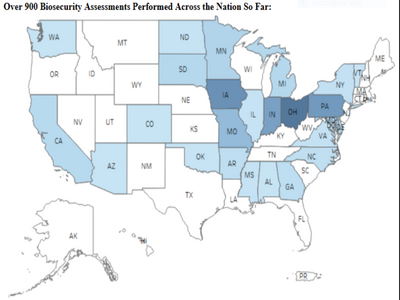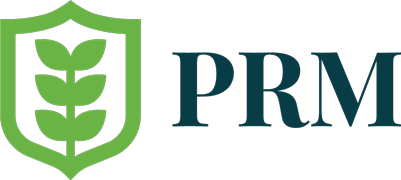Source: USDA news release
Washington, D.C., – U.S. Secretary of Agriculture Brooke L. Rollins today provided an update on the U.S. Department of Agriculture’s comprehensive, five-pronged strategy announced in February to combat Highly Pathogenic Avian Influenza (HPAI). After reaching a record high due to the Biden Administration’s lack of action, wholesale egg prices have now dropped 64%, with retail prices falling 27% from their peak earlier this year. We must remain diligent, and egg farmers and producers can continue to utilize USDA resources to conduct biosecurity assessments before the Fall.
“When President Trump entered office, the cost of eggs was at a record high, seriously denting consumers’ wallets after years of awful inflation. On my first day as Secretary, we got to work to implement a five-pronged strategy to improve biosecurity on the farm and lower egg prices on grocery store shelves. The plan has worked, and families are seeing relief with egg prices driving food deflation in the April Consumer Price Index,” said Secretary Rollins. “While we are proud that over 900 biosecurity assessments have been conducted to date, resources remain available, and we are urging poultry farmers of all sizes to get your assessments done today before a potentially challenging fall.”
A map and list of how the states are stacking up on biosecurity assessments is below. States are strongly encouraged to take action and assist producers in scheduling their assessments.
Investing in Gold-Standard Biosecurity Measures for All U.S. Poultry Producers
USDA is covering the full cost of the assessments as well as supporting part of the costs for biosecurity improvements on farms to help strengthen the biosecurity of the nation’s poultry flock.
USDA offers two free, voluntary biosecurity assessments to help farmers get ahead of any potential HPAI threats. One focuses on wildlife risk mitigation and another on general biosecurity improvements.
Wildlife Biosecurity Assessments have been very successful in safeguarding farms from the spread of HPAI from wild birds. These additional safety measures have proven to minimize flu cases. Biosecurity Incentives Assessments help poultry producers identify where they can best focus their safeguards against avian flu.
From January 20 to June 26, 2025, USDA has completed 948 total biosecurity assessments on farms across the United States. More information about the types of assessments completed and the updated number of participating farms is available on the public dashboard.
USDA shares up to 75% of costs to fix the highest-risk biosecurity concerns identified during the assessments.
Producers can email [email protected] or call 844-820-2234 to request these assessments.
Other Progress on USDA’s Five-Pronged Strategy
Expedited Relief for Farmers to Accelerate Repopulation: USDA has continued providing financial relief and support for faster repopulation of poultry flocks after an HPAI detection. Since February 27, 2025, when USDA increased indemnity values available to producers affected by HPAI, over $70 million has been paid out to directly support layer flocks. These increased indemnity rates have provided producers a level of support and stability to help them in moving forward to repopulate their flocks as quickly as possible.
Reduced Regulatory Burdens to Expand Supply & Lower Prices: Secretary Rollins continues to meet directly with producers around the country to listen to their concerns and work to find new and innovative solutions to provide relief for their regulatory and financial burdens. USDA has also taken action to reduce red tape for the poultry industry by eliminating redundant worker safety data submissions and extending line speed waivers and withdrawing the proposed “Salmonella Framework for Raw Poultry Products”.
Harnessed American Innovation in Avian Flu Research & Vaccine Development: USDA received an overwhelming response to the HPAI Poultry Innovation Grand Challenge Funding Opportunity, which closed on May 19, 2025, with 417 proposals received. In total, applicants proposed a total of $793 million in funding. These projects focus on a range of innovations to support research into HPAI prevention, therapeutics, and potential vaccines. USDA expects awards to be finalized by this fall.
Leveraged Safe Import-Export to Stabilize Supply: USDA’s continued efforts to supplement domestic shell and egg products have resulted in an increase in imports to help bolster our domestic supply. Since January 2025, more than 26 million dozen shell eggs have been imported from Brazil, Honduras, Mexico, Turkey, and South Korea for breaking and pasteurization, increasing the quantity of eggs available to consumers. An additional 14 million egg products have been imported this year, bringing total egg imports to over 40 million. To compare, in 2024, U.S. egg production totaled 109 billion eggs. To more smoothly facilitate these imports, USDA has inspected and approved three new facilities–one in Arkansas and two in New York–to receive imported shell/table eggs for breaking and pasteurization, bringing the total number of approved facilities in the United States to six.




